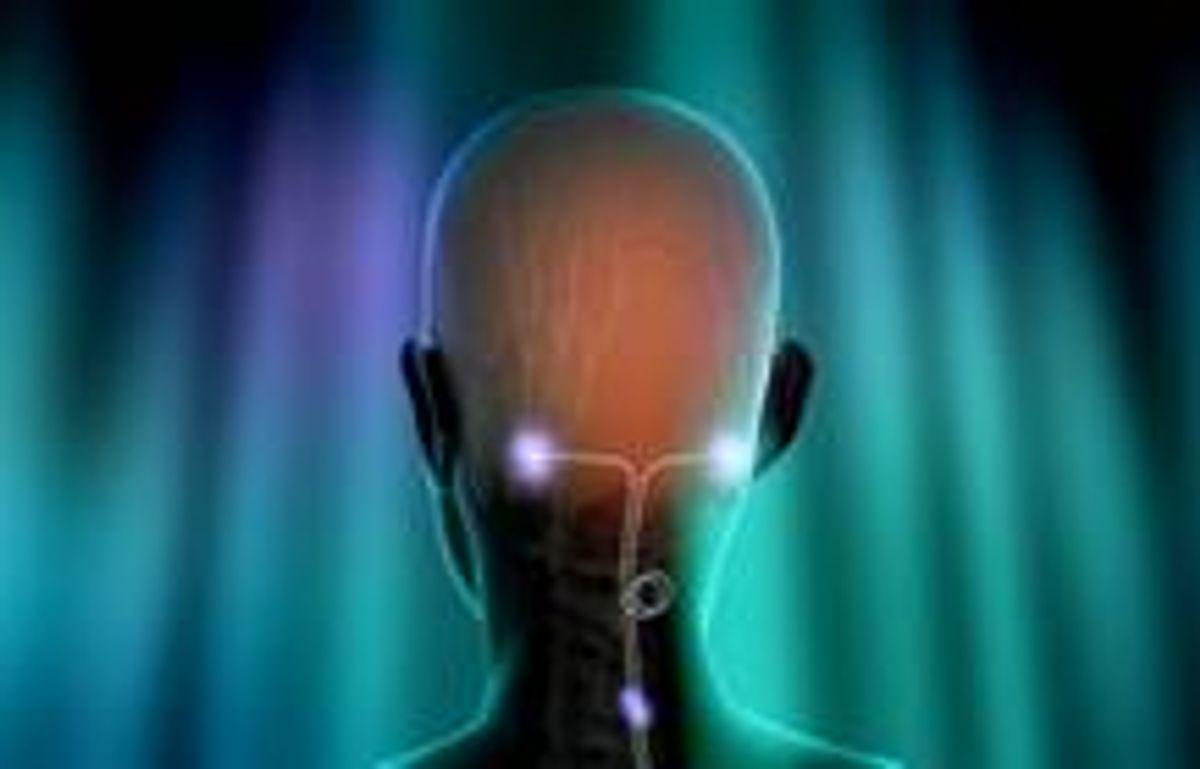Much of the research in the nerve stimulation category has focused on the occipital nerve, a spinal nerve that extends over much of the back of the head. Studies going back to the 1970s have suggested that stimulating the occipital nerve could help to prevent migraines, but, so far, attempts to turn this research into a medical device have been somewhat disappointing.
Last fall, Minneapolis-based Medtronic published results from a preliminary clinical study of its adjustable occipital nerve implant. For about 40 percent of patients, the device reduced migraine frequency by half—enough to merit further study but nothing to write home about, especially when you consider that 24 percent of patients had problems with lead migration and 14 percent of patients got infections at the site of the implants.
Last week, St. Jude Medical, also based in Minnesota, announced results from a study of its occipital nerve implant. The study found that 66 percent of patients who received the implant reported "good pain relief" after a year, which sounds good until you learn that the placebo treatment—device without electric stimulation—yielded similar results. St. Jude's implant did succeed in significantly reducing migraine frequency: Patients reported a reduction of about seven days a month, equivalent to a 28 percent decrease. Still, an industry analyst declared the study a failure and said FDA approval was unlikely at this point.
Will neurostimulation ever be a viable option for migraine patients? The consumer demand is there, but, with so many unanswered questions about how the brain's electrical impulses relate to headache, companies developing these devices may face an uphill battle.




